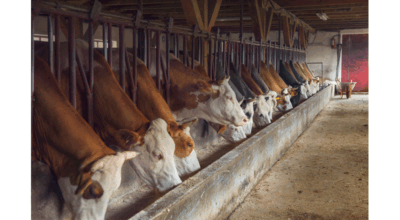Bollworm treatments may be needed in Virginia cotton
Published 4:04 pm Tuesday, August 18, 2015
SUFFOLK
Dr. Ames Herbert of the Tidewater Agricultural recently shared this posting, which was originally published Aug. 12:
“As of last week, we found bollworm eggs in cotton fields in numbers high enough to indicate that fields may need to be treated. The bollworm (= corn earworm) moth flight from corn is light and spotty, but it does not take many moths to cause concern in cotton.
“In the old days before Bt cotton, we relied on the two spray system to control bollworms—the first spray applied at egg threshold followed by an automatic second spray 5 to 7 days later. This system worked very well to protect cotton from economic levels of boll damage.
“With the advent of Bt cotton varieties (now TwinLink, BG2 and WideStrike) we found that even with these technologies, there were enough worm escapes (worms not killed by feeding on the plant toxins) to warrant a single insecticide spray. And — we determined that the best time for that single worm spray coincided with the second of the original two spray system — i.e., 5 to 7 days after the egg threshold.
“Egg thresholds were found towards the end of last week in fields near the Tidewater AREC. The same is likely happening in fields across the region. So now is the time for applying a bollworm treatment. Based on our history of bollworm resistance to pyrethroids, the best control results will be obtained using a non-pyrethroid (e.g., Steward, Belt, Prevathon, Blackhawk). But we also recommend adding a pyrethroid to clean up any stink bugs that may be in the cotton. There are several pyrethroid options, and I would use the highest labelled rate for stink bugs — better kill and longer residual. Besiege is the only product that contains both the non-pyrethroid (= Prevathon) with a pyrethroid (= Karate). With all the other non-pyrethroids, you will have to do the tank mixing on the farm. And, it is past time to include any of the insecticides from the neonicotinoid class as they do not provide good control of either bollworms or stink bugs.”





